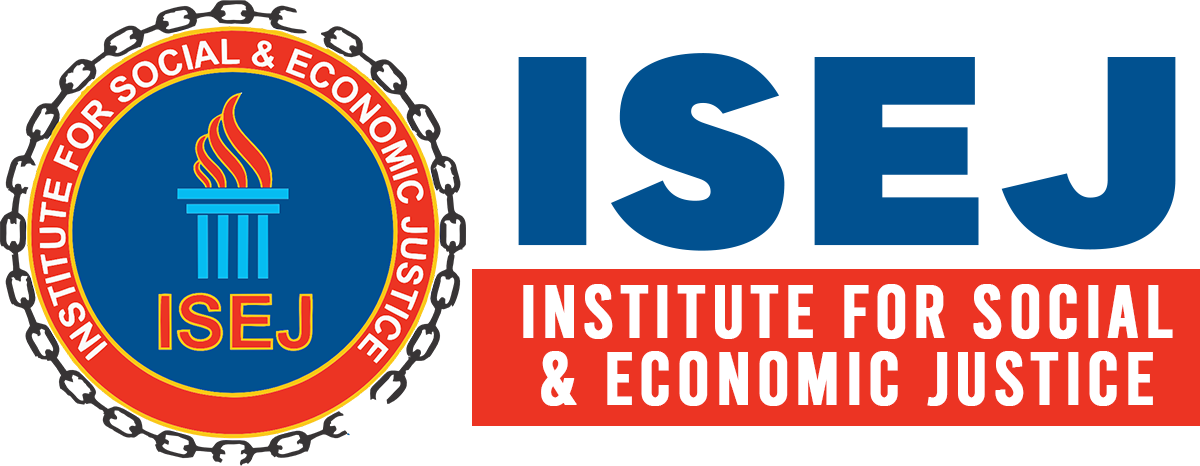- Unequal Partners: rich countries abuse the system and bully poorer countries into agreeing to rules which favour the rich. The benefits of trade will only reach the poor – at home and in the developing world – if international trade rules are deliberately weighted in favour of poor people and the environment.
- While international trade is worth $10 million a minute, poor countries only account for 0.4% of this trade – half the share they had in 1980.
- The so-called Doha Development Round projected that 2/3 of any gains would go to the richer countries.
- According to the New Economic Foundation (2010), for every $100 of growth, just 0.60 found it’s poverty reduction target and contributed to reducing poverty below the £1 a day.
- One size doesn’t fit all: rich countries use trade rules to force poor countries to open their economies to goods from rich countries (known as “trade liberalisation”). But poor countries’ farmers and industries aren’t ready to compete. Decades of forced liberalisation has devastated many poor countries resulting in huge job losses, poor health care and less education. Trade “liberalisation” often comes alongside increased rights for foreign investors and pressure to privatise its economy.
- Do as we say, not as we do: rich countries such as the UK, the USA and the East Asian Tigers succeeded by protecting their farmers and industries, only opening up to competition once their industries were strong enough to compete. Rich countries are using trade rules to deny poor countries the same rights. For example, the average EU cow is subsidised to the tune of around $800. In Ethiopia, the average annual income per person is just $100.





